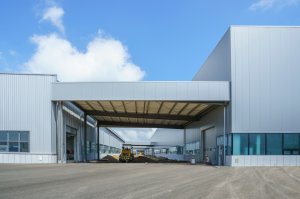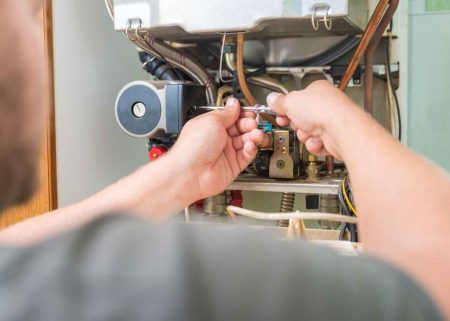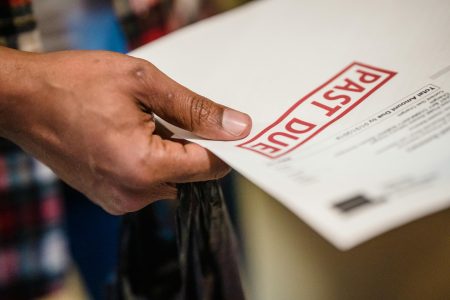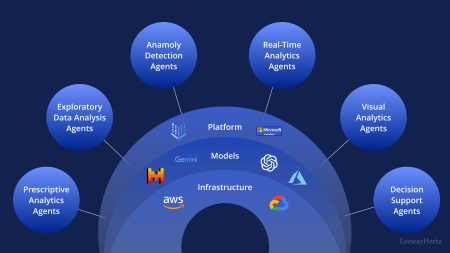Is your manufacturing facility running, or is it thriving? The difference often comes down to maintenance. Moving beyond the stressful cycle of unexpected breakdowns is not just a dream; it’s an achievable goal. Implementing a robust maintenance solution protects your valuable assets, ensures a safer workplace, and directly boosts your bottom line.
This guide will walk you through the essential steps to transform your facility’s maintenance from a reactive expense into a proactive investment.
Assessing Your Current Maintenance Reality
Before you can map out your future, you need to understand your present. The first step is to conduct a thorough and honest audit of your current maintenance operations. This involves more than a quick walkthrough. You must dive deep into your equipment’s history, tracking everything from recurring failures and repair costs to the average downtime for each critical asset.
To start your assessment, review your existing maintenance schedules, if any, and evaluate their effectiveness. It’s also crucial to assess your team’s skills and identify any knowledge gaps. This comprehensive assessment creates a clear baseline, highlighting your strengths and pinpointing the exact weaknesses that a new maintenance solution needs to address.
Developing a Proactive Maintenance Strategy
Once you have a clear picture of your current state, you can begin designing a proactive strategy. The goal is to shift from a “run-to-failure” model to one that anticipates and prevents issues. This typically involves a blend of two key approaches: preventive and predictive maintenance. Preventive maintenance is based on a schedule, involving routine inspections, cleaning, lubrication, and parts replacement at set intervals to reduce the likelihood of failure.
Predictive maintenance (PdM) is more advanced, using technology and data analysis—like vibration monitoring, thermal imaging, or oil analysis—to monitor equipment condition in real-time and predict when a failure is likely to occur. Choosing the right mix of these strategies for your various assets is key to creating a cost-effective and highly efficient program.
Equipping Your Team With the Right Tools and Training
A great strategy is only as good as the people and tools used to execute it. Your maintenance team is your most valuable resource, so investing in their success is paramount. This means providing continuous training on new equipment, diagnostic techniques, and safety protocols. Beyond training, technology plays a vital role. Implementing a Computerized Maintenance Management System (CMMS) can revolutionize your workflow.
A CMMS helps you schedule and assign work orders, track maintenance history, manage spare parts inventory, and generate performance reports. By equipping your skilled technicians with the right knowledge and powerful digital tools, you empower them to work more efficiently and effectively, turning your strategic plan into tangible results.
Leveraging Professional Industrial Maintenance Services
Sometimes, the most effective solution involves looking outside your own walls for specialized expertise. Certain tasks, like complex machinery diagnostics, large-scale equipment installations, or specialized welding, may require skills and tools your in-house team doesn’t possess. This is where partnering with external maintenance providers can be incredibly valuable.
Industrial maintenance services offered by professionals like Ferguson Industrial Company can give you access to a deep bench of technicians and technologies without the significant overhead of hiring and training full-time specialists. These partnerships can fill critical gaps, manage large projects, or even help you design and implement your entire maintenance program, providing a flexible and powerful extension of your own team.
Measuring and Refining Your Maintenance Program
A maintenance program should never be static; it must be a living system that evolves and improves over time. The key to this continuous improvement is tracking the right Key Performance Indicators (KPIs). Metrics such as Mean Time Between Failures (MTBF), which measures an asset’s reliability, and Mean Time To Repair (MTTR), which tracks how quickly your team can resolve issues, are essential.
Another powerful metric is Overall Equipment Effectiveness (OEE), which combines availability, performance, and quality to give you a holistic view of your productivity. Regularly analyzing this data will reveal what’s working and what isn’t, allowing you to refine your schedules, reallocate resources, and make data-driven decisions that consistently enhance your facility’s performance.
Ultimately, implementing an effective maintenance solution is a journey of continuous improvement. By assessing your needs, developing a proactive strategy, empowering your team, leveraging expert partners when needed, and constantly measuring your results, you create a culture of reliability and excellence. This strategic investment will pay dividends for years to come, ensuring your facility remains safe, productive, and competitive.










